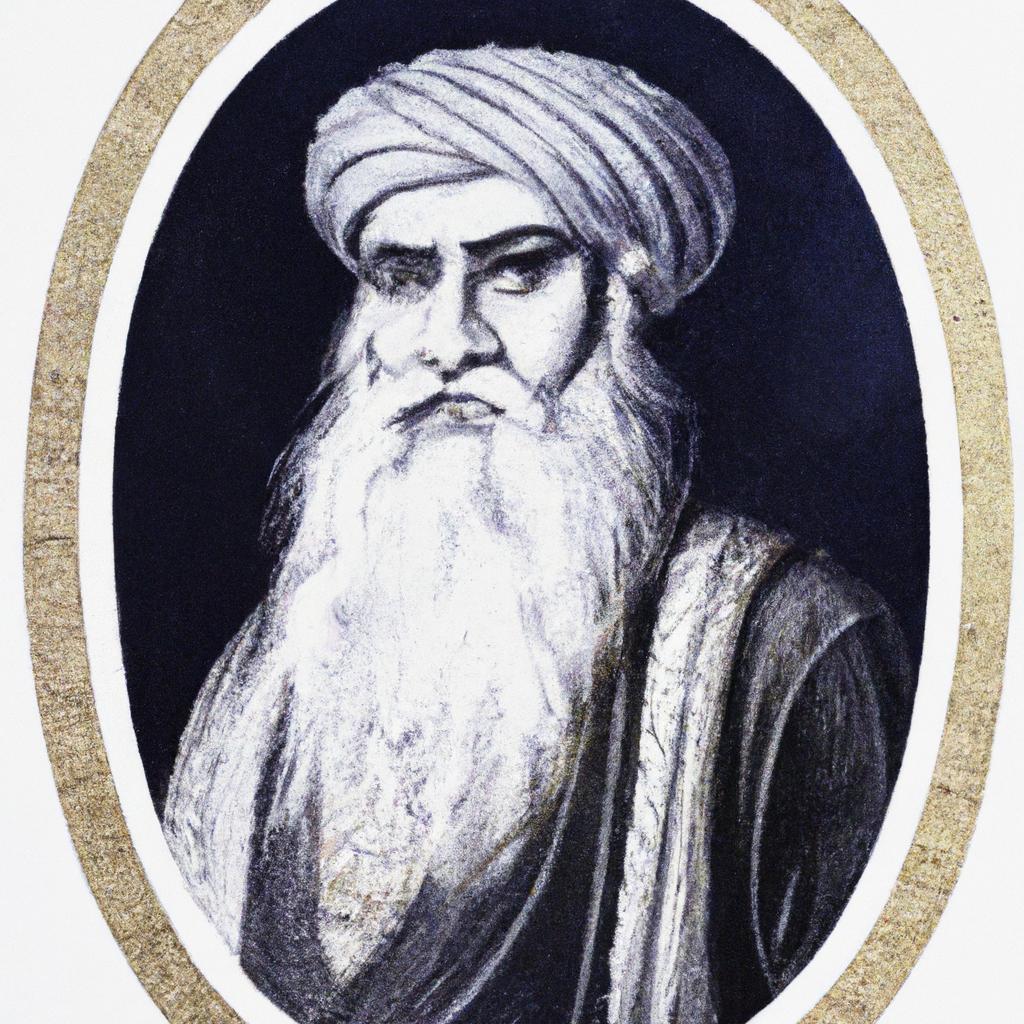Hormuzan, a nobleman from pre-Islamic and early Islamic Iran, was an influential figure whose legacy still echoes through the annals of history. Born in the late 6th century, he served as the governor of the Persian province of Pars and played a pivotal role in the Arab-Persian wars. Hormuzan’s eventual surrender to the Muslim forces marked a turning point in Iranian and Islamic history.
Early Life and the Rise to Power
Hormuzan hailed from Pars, a province renowned for its fertile lands and strategic location. He received a traditional Persian education and honed his skills in horse riding and archery, attributes valued by Persian nobility.
Starting as a local magistrate, Hormuzan quickly ascended the ranks due to his administrative prowess and unwavering loyalty to the Sassanid dynasty. Eventually, he was appointed as the governor of Pars, entrusted with the task of maintaining law and order, as well as collecting taxes.
Amidst numerous challenges such as local uprisings and the need to safeguard the province from foreign invasions, Hormuzan successfully presided over a prosperous and stable region. His exceptional governance caught the attention of the Sassanid emperor, who rewarded him with high-ranking positions within the empire.
Hormuzan’s Role in the Arab Conquest
The course of Hormuzan’s life took a dramatic turn when the Arab forces, led by the renowned general Khalid ibn al-Walid, invaded Persia in the early 7th century. Initially, Hormuzan resisted the Arab invasion, aligning himself with the Persian king Yazdgerd III. He launched several counter-attacks against the Arab forces, successfully reclaiming lost territories.
However, as the Arab forces continued their relentless advance, Hormuzan’s luck began to wane. Cornered, he retreated to the Shushtar fortress, where he valiantly held out against the Arab siege for several months.
Ultimately, faced with an untenable situation, Hormuzan made a pragmatic decision to surrender. The Arab forces granted him generous terms, including the preservation of his lands and wealth. Hormuzan embraced Islam and thereby sealed the end of the Sassanid dynasty, ushering in the Arab conquest of Persia.
The Legacy of Hormuzan under Islamic Rule
Hormuzan’s conversion to Islam marked a significant turning point in his life. Integrating into Islamic society, he became a respected member of the Muslim community, admired for his piety and dedication to the Islamic faith. Hormuzan’s astute political and administrative skills made him an invaluable advisor to the Muslim caliphs. He also engaged in various charitable and social projects, garnering the respect and admiration of his peers.
In Iranian and Islamic history, Hormuzan’s legacy stands tall. His unwavering loyalty and resistance against the Arab invasion make him an enduring symbol of courage and resilience in the face of adversity.
Controversies and Debates
Hormuzan’s surrender to the Arab forces has sparked intense controversy and debate among scholars and historians. Some accuse him of betrayal, claiming that he sold out his country for personal gain. Others defend him, citing the impossible circumstances he faced and the pragmatic decision he made to save lives.
Critics argue that Hormuzan should have fought to the death or even committed suicide, as was the tradition among Persian nobility. However, others point out that he was a skilled strategist who recognized the futility of further resistance, prioritizing his people’s well-being.
Another source of controversy surrounds his actions during the early Islamic period. While some commend him for his loyalty and service to the Muslim caliphs, others accuse him of hypocrisy, suggesting that his conversion to Islam was driven by personal gain.
Even in modern times, debates about Hormuzan’s place in history persist. Some see him as a tragic hero caught between two worlds, forced to make difficult choices. Others view him as a symbol of Persian resistance against Arab imperialism.
In Conclusion
In conclusion, Hormuzan’s life and legacy are a testament to the complexities of political and military conflict. A nobleman who rose to prominence during the Sassanid dynasty, he played a significant role in the Arab-Persian wars.
Hormuzan’s surrender to the Arab forces marked the end of an era and the dawn of a new chapter in Iranian and Islamic history. Regardless of the controversies surrounding his actions, his story offers invaluable insights for grappling with the challenges of war, peace, and cultural identity.
TooLacks hopes that this article has provided a fresh perspective on Hormuzan’s life and legacy. For further exploration, please visit the official TooLacks website here.



